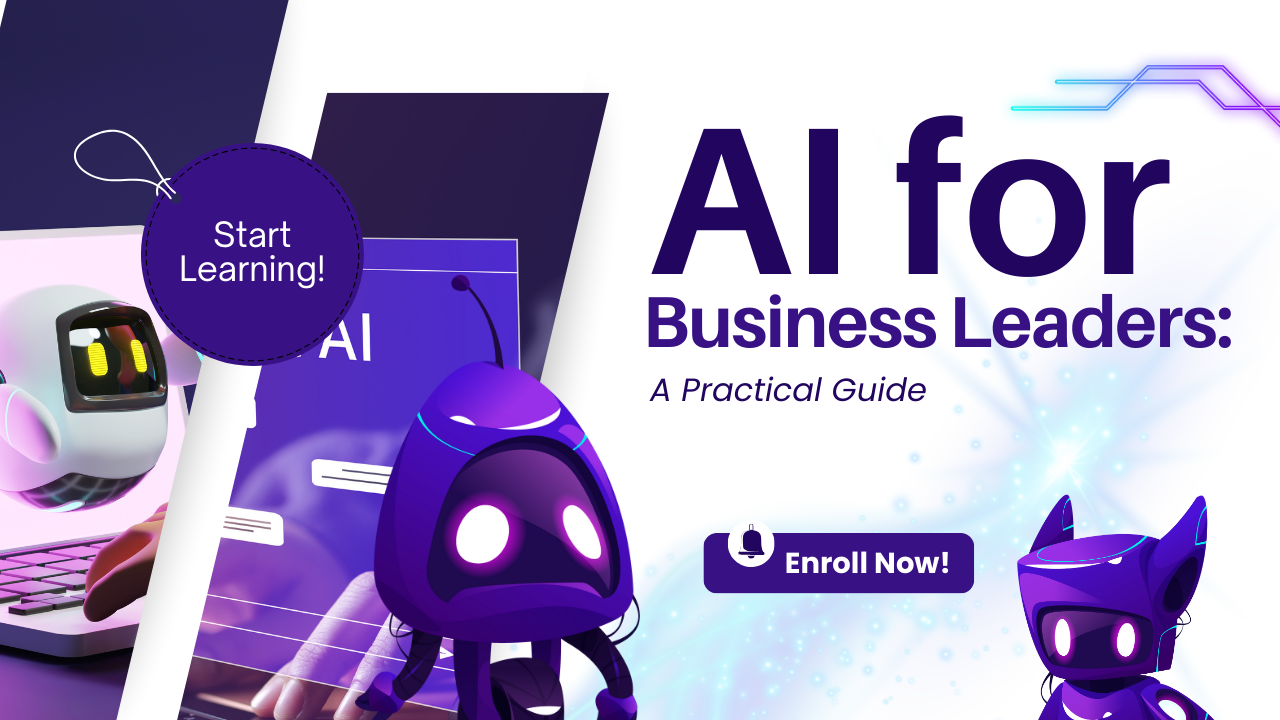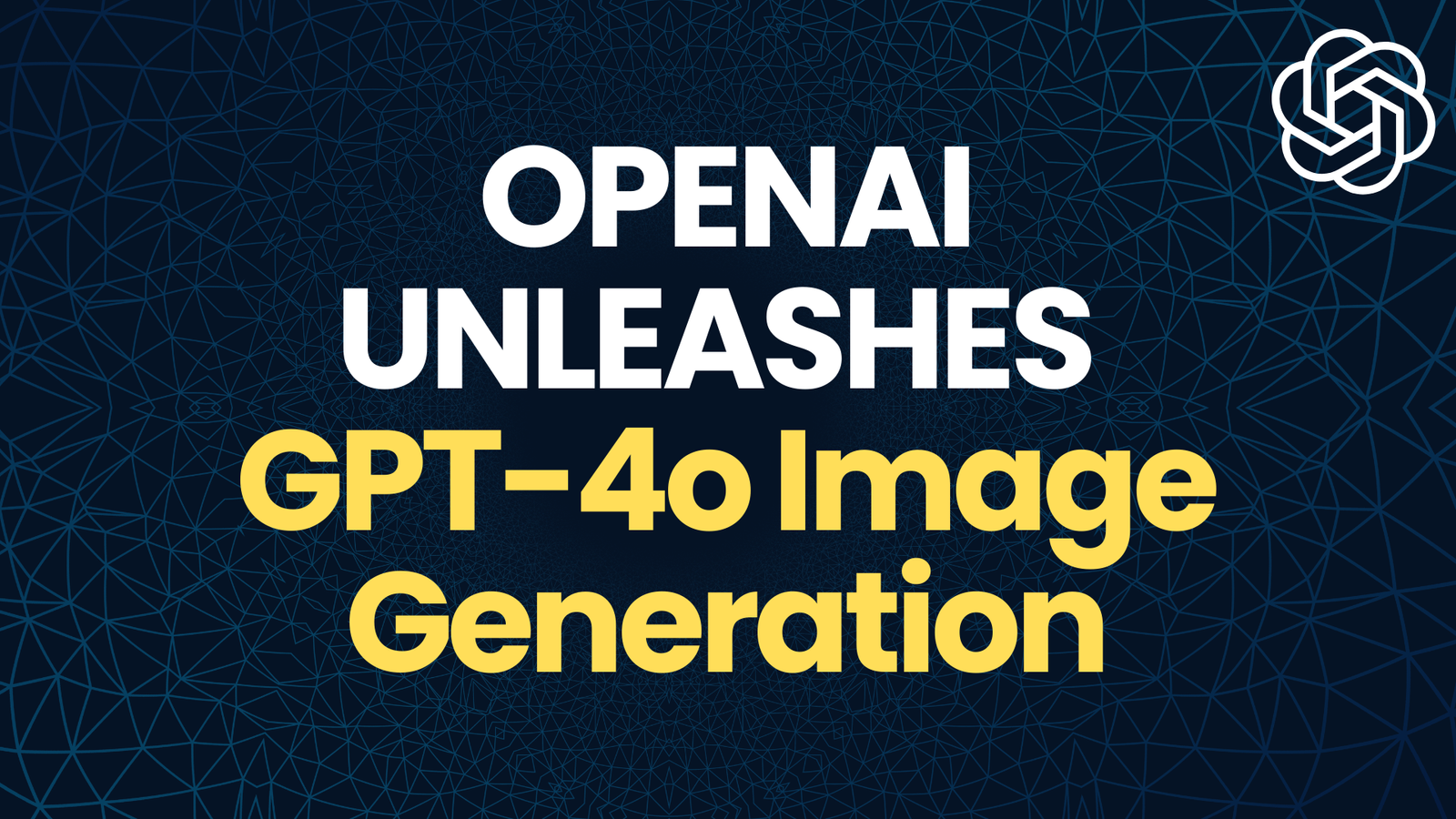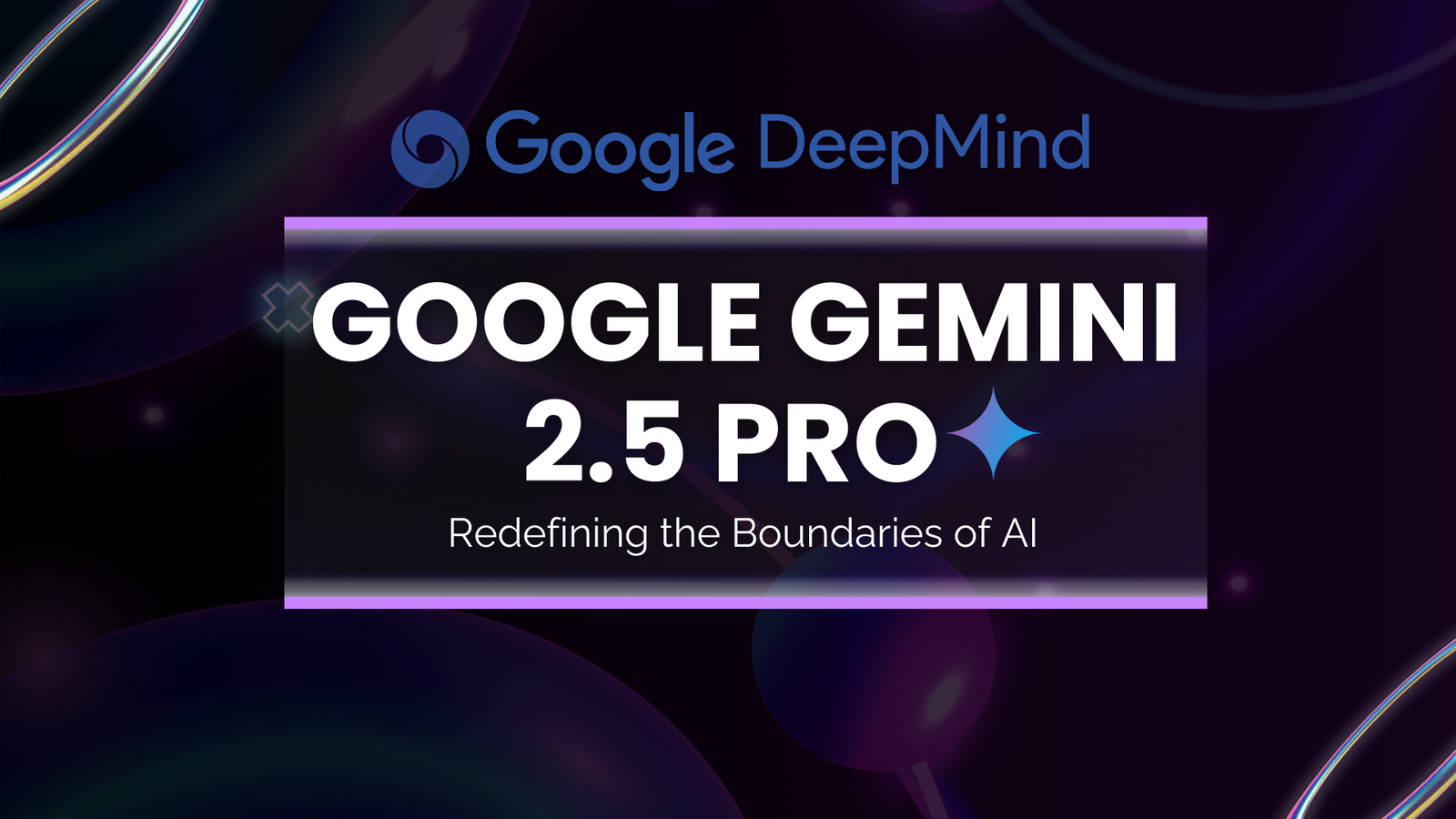OpenAI has just launched its groundbreaking GPT-4o image generation, a significant leap forward in the world of AI-powered visuals. This new capability, deeply integrated into ChatGPT, promises not only stunningly beautiful images but also practical utility, setting a new standard for what’s possible with generative models. Get ready to say goodbye to DALL-E 3 as GPT-4o takes the stage.
What is GPT-4o Image Generation?
For a long time, OpenAI has envisioned image generation as a core function of language models. GPT-4o embodies this vision by incorporating their most advanced image generator directly into the model. The result? Images that are not just aesthetically pleasing, but genuinely useful for communication, analysis, and creative expression. Let us take a look at some of the key features and capabilities:
- Accurate Text Rendering: Unlike previous models that often struggled with text, GPT-4o can precisely render text within images, making it ideal for creating logos, infographics, and other visual content that relies on clear communication.
- Precise Prompt Following: The model demonstrates an impressive ability to follow detailed prompts, even when they involve complex scenes with multiple objects and specific instructions.
- In-Context Learning: GPT-4o can analyze and learn from user-uploaded images, seamlessly integrating their details into the image generation process. This allows for highly customized and contextually relevant visuals.
- Multi-Turn Generation: Refine your images through natural conversation. GPT-4o builds upon previous images and text in the chat context, ensuring visual consistency throughout the creative process. Imagine designing a video game character and maintaining their coherent appearance through multiple iterations based on your feedback.
- World Knowledge: By linking its vast knowledge base with image generation, GPT-4o demonstrates a deeper understanding of the world, resulting in more intelligent and context-aware visuals.
- Photorealism and Style: Trained on a diverse range of image styles, GPT-4o can convincingly create or transform images to match specific aesthetic preferences.
Where is it useful?
The capabilities of GPT-4o image generation open up a wide range of practical applications:
Marketing and Advertising
GPT-4o revolutionizes the way businesses approach marketing and advertising by enabling the creation of visually compelling and contextually relevant content. Marketers can use this tool to design logos that align perfectly with brand identity, craft infographics that simplify complex data, or generate eye-catching visuals for social media campaigns. For example, a restaurant could use GPT-4o to create a menu with detailed item descriptions and attractive imagery, enhancing customer engagement. The ability to refine designs through conversational feedback ensures that every visual meets the specific needs of the campaign. Have a glance at the design created by @alexgoughcooper on X.
 |  |
 | 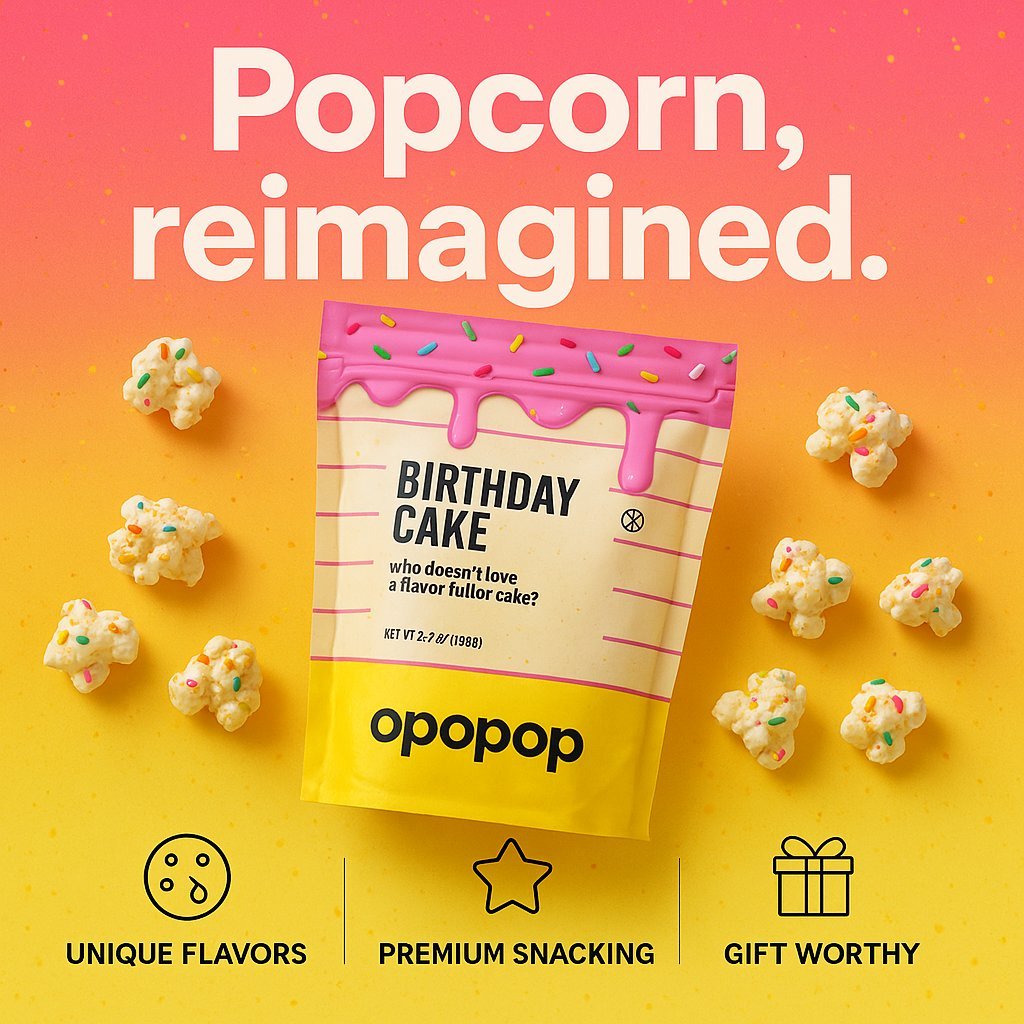 |
Design
For designers, GPT-4o simplifies the prototyping process by generating high-quality visuals based on detailed prompts. Whether it’s creating user interface mockups, designing product packaging, or conceptualizing architectural layouts, the model’s ability to follow complex instructions ensures that designs are accurate and aligned with creative visions. Additionally, its in-context learning feature allows designers to upload reference images and build upon them, making it easier to iterate on ideas without starting from scratch. Have a glance at the UI designs created by @jsngr on X.
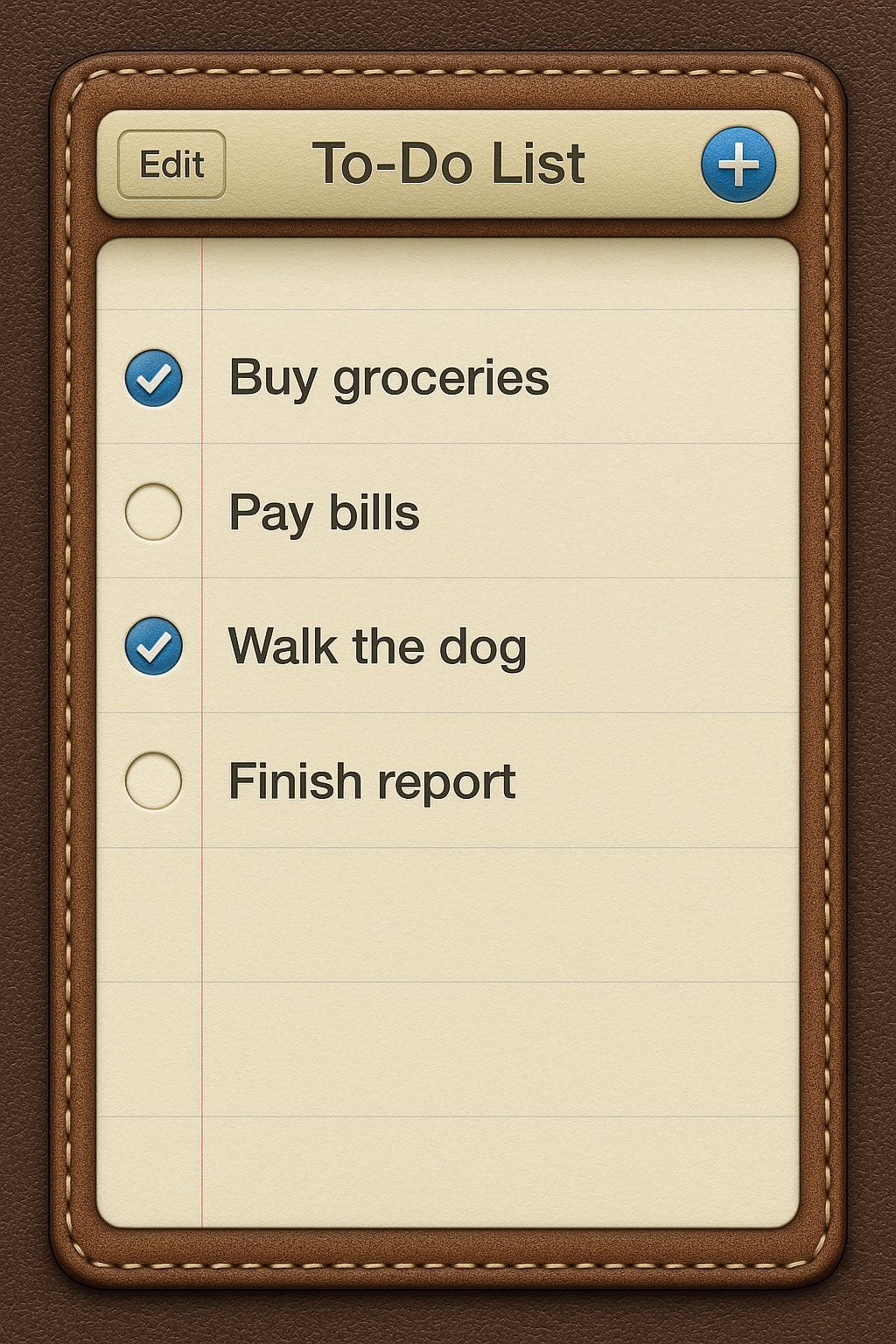 | 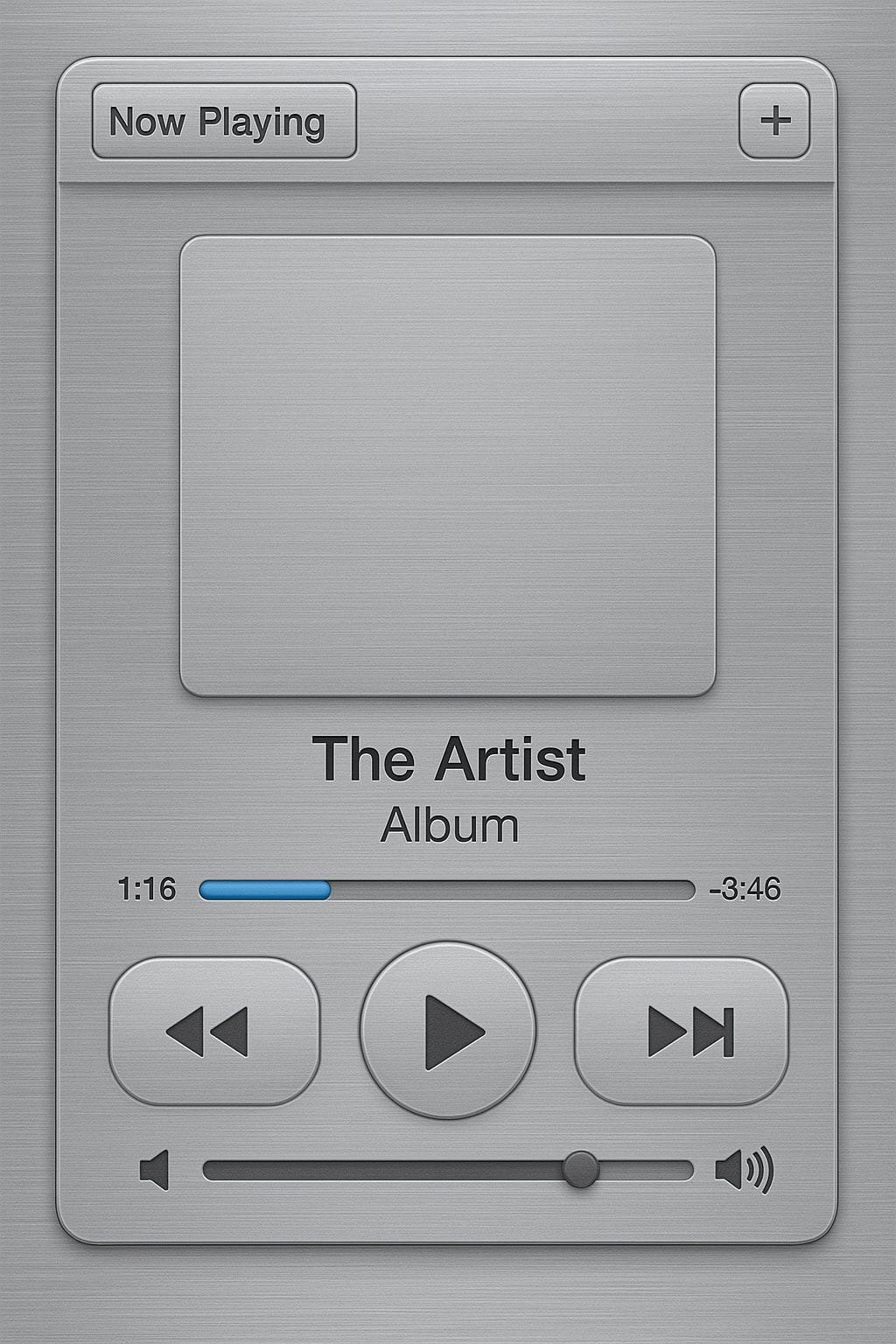 |
Is it the best tool for image generation?
While other AI image generators like Midjourney and Stable Diffusion have made significant strides, GPT-4o distinguishes itself with its seamless integration into a multimodal language model and its enhanced capabilities in specific areas:
- Text Integration: GPT-4o‘s ability to accurately render text within images is a major advantage over competitors, which often struggle with this aspect.
- Contextual Understanding: The model’s deep understanding of language and context allows it to generate more relevant and coherent visuals based on user prompts.
- Ease of Use: The integration of image generation into ChatGPT provides a user-friendly interface for creating and refining images through natural conversation.
However, competitors like Midjourney still shine in artistic style transfer and abstract creations, often providing more visually stunning and unique outputs in those domains. Stable Diffusion remains a favorite for its open-source nature and extensive customization options. The choice ultimately depends on the specific needs and priorities of the user. Take a look at some examples of the GPT-4o image generation:
- A candid paparazzi-style photo of Karl Marx hurriedly walking through the parking lot of the Mall of America, glancing over his shoulder with a startled expression as he tries to avoid being photographed. He’s clutching multiple glossy shopping bags filled with luxury goods. His coat flutters behind him in the wind, and one of the bags is swinging as if he’s mid-stride. Blurred background with cars and a glowing mall entrance to emphasize motion. Flash glare from the camera partially overexposes the image, giving it a chaotic, tabloid feel.
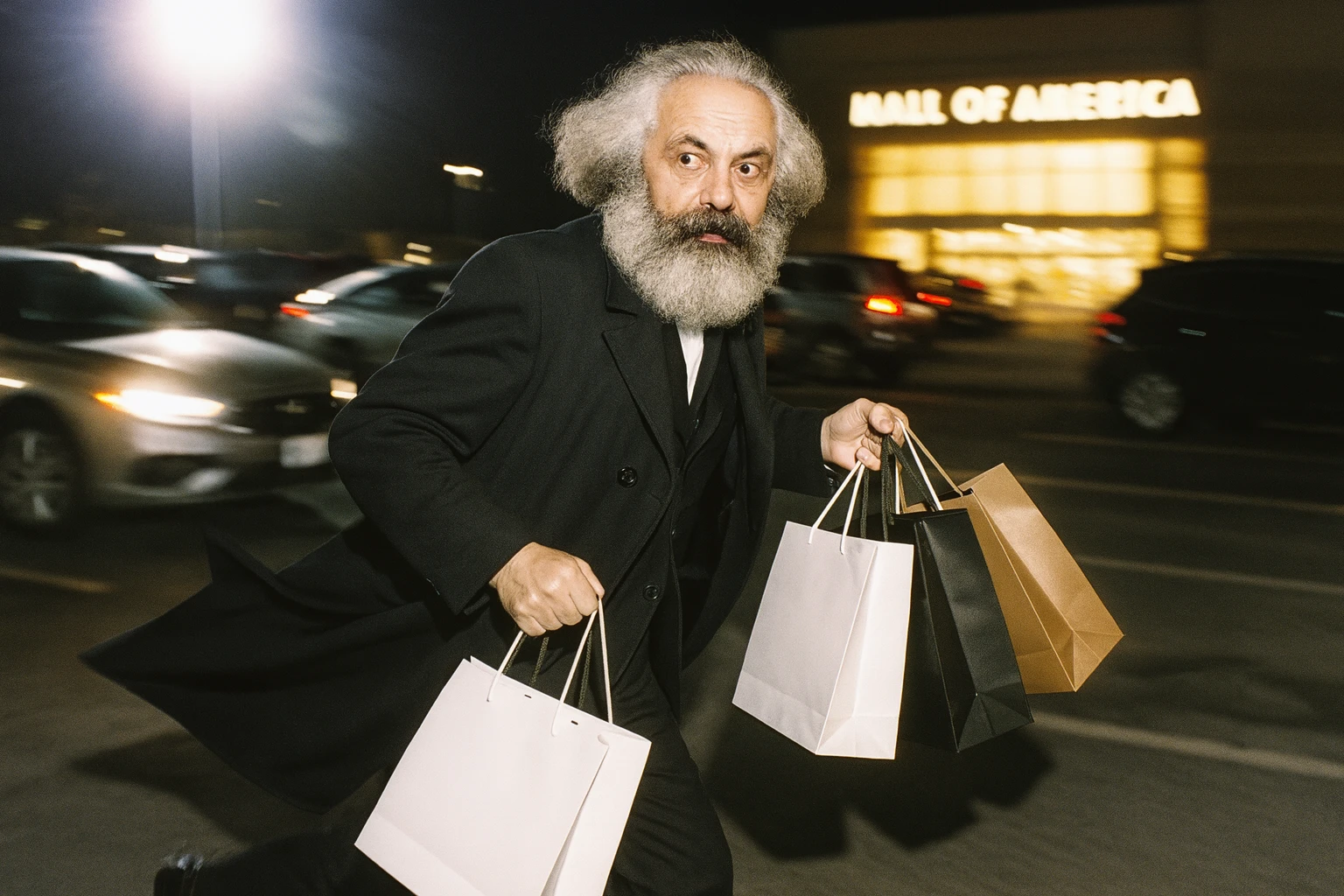
- A square image containing a 4 row by 4 column grid containing 16 objects on a white background. Go from left to right, top to bottom. Here’s the list:
1. a blue star
2. red triangle
3. green square
4. pink circle
5. orange hourglass
6. purple infinity sign
7. black and white polka dot bowtie
8. tiedye “42”
9. an orange cat wearing a black baseball cap
10. a map with a treasure chest
11. a pair of googly eyes
12. a thumbs up emoji
13. a pair of scissors
14. a blue and white giraffe
15. the word “OpenAI” written in cursive
16. a rainbow-colored lightning bolt
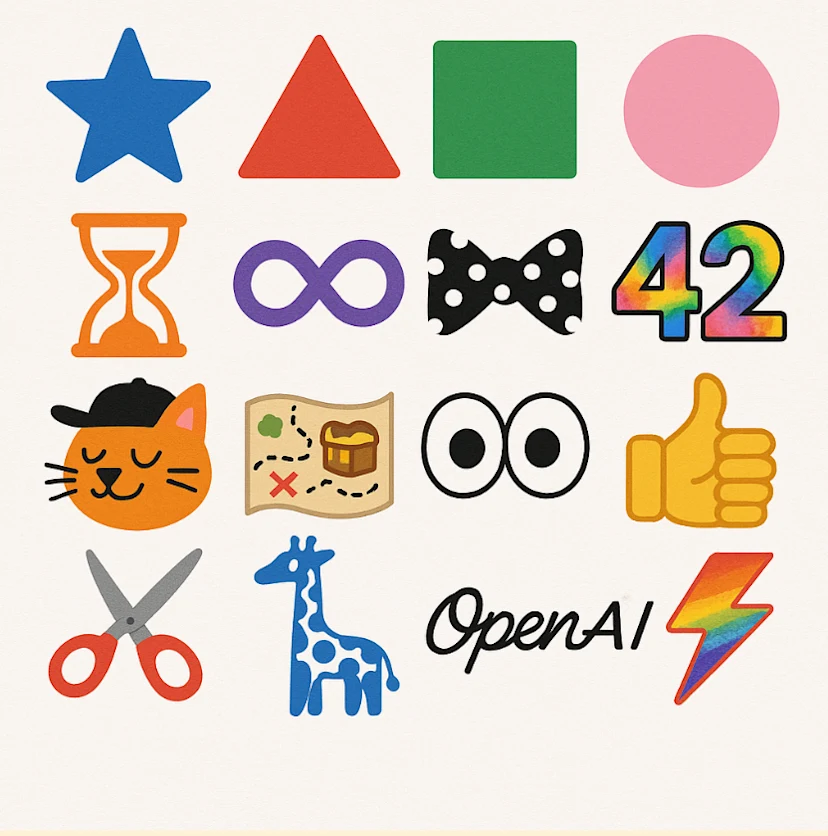
Click here to learn more about the GPT-4o image generation.
Limitations
OpenAI acknowledges that GPT-4o image generation is not perfect and has some limitations and is committed to addressing these limitations through ongoing model improvements:
- Cropping Issues: The model may sometimes crop longer images too tightly, especially near the bottom.
- Hallucinations: Like other text models, image generation can occasionally produce inaccurate or made-up information, particularly in low-context prompts.
Conclusion
GPT-4o image generation represents a significant step towards a future where visual communication is more accessible, efficient, and expressive. By combining the power of language and imagery, this technology empowers individuals and organizations to create compelling visuals that inform, persuade, and inspire. As the model continues to evolve and improve, we can expect even more innovative applications to emerge.

